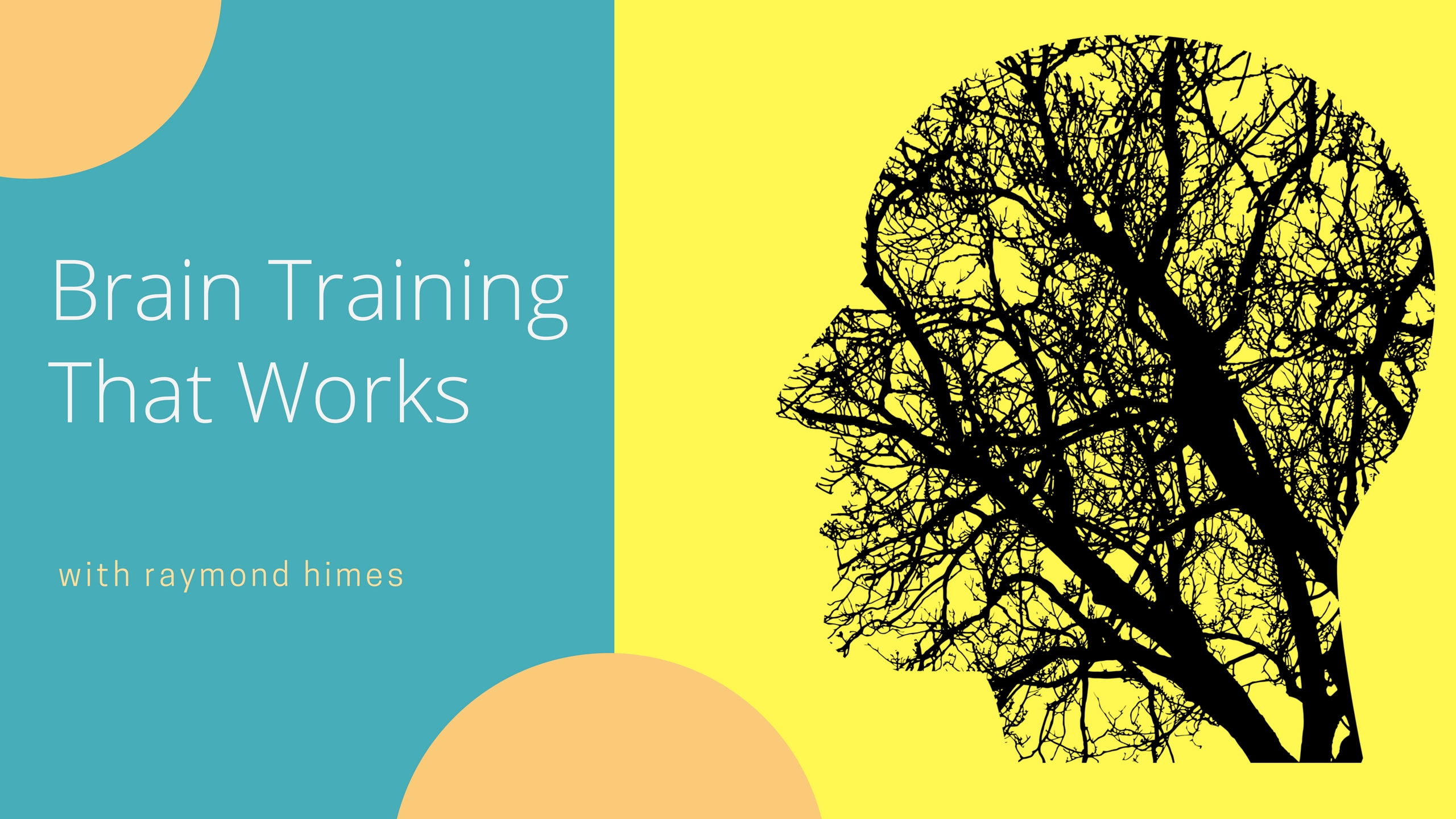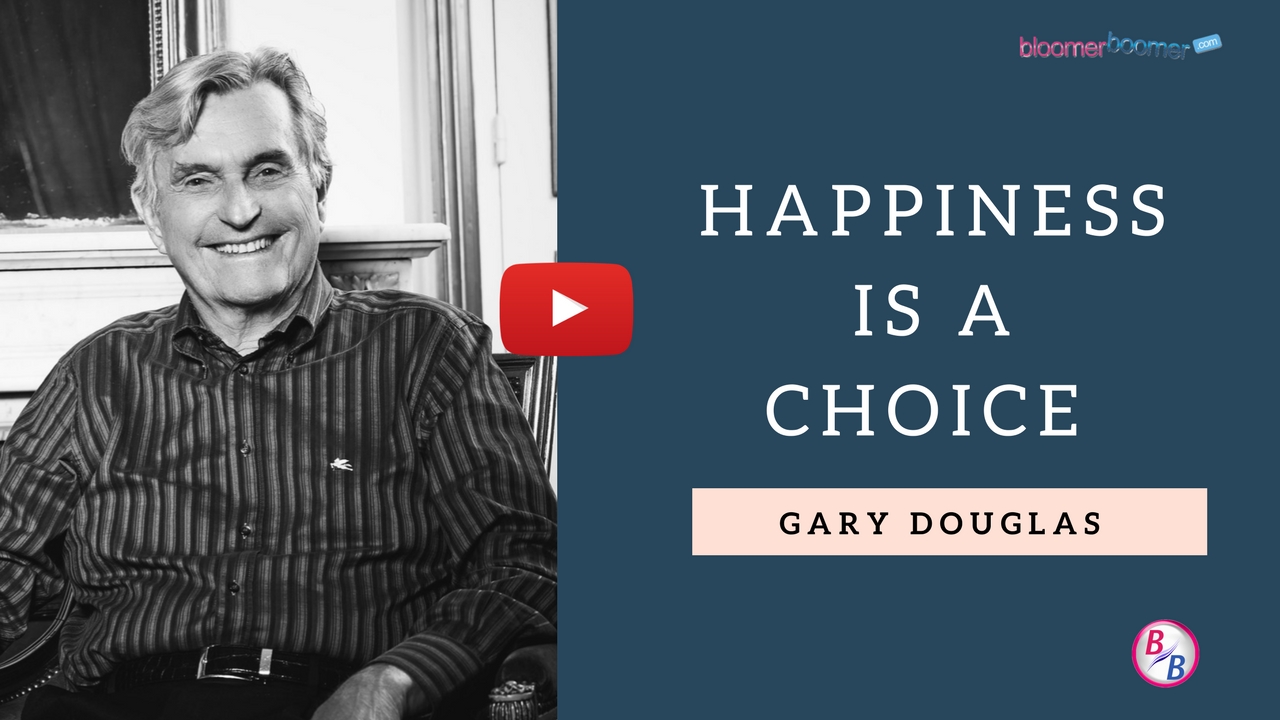The Only Type of Brain Training That Works
A reader of newspapers could get whiplash following the brain training field – it seems as though one week there’s a headline suggesting that you should do brain training to reduce dementia risk and the next week there’s a headline suggesting that all brain training is bogus. So, what’s the truth?
The simple facts are that 1) the field is undergoing rapid change and 2) not all brain training is the same. Cognitive training has been around for a long time, and, up until recently, the consensus has been that, at best, cognitive training only makes you better at the task trained – that it does not generalize from that task to real world activities.
This traditional style of cognitive training was based on the idea that if you wanted to improve memory, you would practice memorizing things. Regrettably, it turns out that while this approach can help you with memory tricks, it does not really help in your everyday memory – like remembering what your spouse or your doctor said. Most brain experts are aware of the history of failure of this approach.
Rapid Change in Brain Science
However, our understanding of the brain is currently undergoing rapid change. The 1990’s were designated “The Decade of The Brain” by the National Institutes of Health, and the investments made in basic research in brain science are now paying off.
Perhaps the largest change in our paradigm for the brain is the discovery that the brain is constantly changing throughout life. We refer to this as “brain plasticity” – the ability of the brain to change chemically, structurally and functionally based on sensory and other inputs. If you think about how a newborn baby develops, you can imagine how nearly every bit of experience has an impact on brain chemistry and the development of brain structure and ability.
We used to believe only the brains of children were plastic, and, by the time you reached adulthood, your brain was hard-wired and fated to just wear out over time. However, starting in the late 1970s, Dr. Mike Merzenichof University of California San Francisco (UCSF), and his colleagues, ran thousands of experiments showing that virtually all aspects of the adult brain are plastic throughout life.
While this discovery upset traditionalists by upending their view that the brain was like a computer, Dr. Merzenich realized this meant that if you could have people “do” the right things, you could make their brains operate better.
He wanted to harness plasticity to improve the human condition. He first did this in his co-invention of the cochlear implant, which has now restored hearing to 100,000s of people with deafness. He figured out how to make an artificial cochlea that had only handful of connections to the nervous system, rather than the thousands of connections of the natural cochlea – and thenrelying on the brain’s plasticity to learn how to fill in all the missing signals. And it worked – his first patients were able to understand normal speech after a few weeks of practice, and ability that astounded researchers at the time.
When personal computers became ubiquitous, Dr. Merzenich realized that computers could deliver stimuli, measure responses, and make adjustments far faster and more precisely than any human trainer. He began to create what are now known as “plasticity-based” brain training exercises in his UCSF laboratory, and began to show that the right kind of training – with a focus on the speed and accuracy of sensory perception – could drive improvements in not just the speed and accuracy of brain processing, but in higher brain function, such as memory and decision-making.
I know this history, because I earned my Ph.D. in Dr. Merzenich’s lab, and he and his co-founder then recruited me to be the first employee of Posit Science, with the mission to further develop these exercises – and prove that they worked in people – to get them out of the lab and into the hands of every person on the planet who could be helped by having a better brain. That was 14 years ago.
Not All Brain training is the Same
Originally, we had to build the exercises on CD-ROM, so they could be run right on your desktop, because the internet was not fast or accurate enough to deal with the millisecond adjustments in timing that were necessary to make the science work. Over time, the internet got faster, and the exercises became known as BrainHQ and moved into the cloud, so they can be accessed from most internet-connected devices.
We also worked with a network of hundreds of university-based scientists to design, test, refine and validate the exercises. As a result, there are now more than 150 peer-reviewed science journal articles on the benefits of BrainHQ exercises and assessments. Those articles show gains on standard measures of cognition (speed, attention, memory and executive function), as well as generalization to measures of quality of life (mood, confidence and health-related quality of life) and real-world activities (driving, gait, balance and everyday cognition).
Independent researchers have also applied our exercises to previously intractable cognitive diseases and disorders in neurodegenerative diseases (pre-dementia and dementia, Parkinson’s, multiple sclerosis), in brain injuries (stroke, traumatic brain injuries, chemobrain) and mental illnesses (depression, anxiety, schizophrenia). More than 60 papers in clinical populations have also generated a lot of headlines and hope.
Thought leaders in cognition and aging are now beginning to separate the wheat from the chaff when it comes to brain training. The National Academies of Sciences, Engineering and Medicine recently suggested three steps anyone who is concerned about the impact of aging on cognition should consider:
- Controlling Blood Pressure – if you have high blood pressure, work with your doctor to lower it through lifestyle changes and/or taking your medication, because untreated high blood pressure is bad for the brain (as well as other organs).
- Physical Exercise – Even though the study results on the impact of physical exercise on cognition is mixed, physical exercise is good for general health and likely also brain health.
- Brain Exercises – Not all brain games and exercises, but certain types of exercises, such as the training used in the ACTIVE Study (which was acquired by Posit Science in 2007, and incorporated into BrainHQ because it was consistent with the BrainHQ worldview).
These distinctions between brain training that does and does not work is also being made on other continents. Experts from five leading Alzheimer’s research institutions in Australia recently completed the first systematic review of the science behind commercially-available brain training programs targeted at older adults. They found 18 such products. Sadly, they report that 11 of the 18 programs had zero published studies, and they then ranked the other seven products in terms of the quality and quantity of their studies. Only Posit Science BrainHQ exercises had multiple high-quality studies demonstrating efficacy.
As a scientist enmeshed in this field, I believe that doing the right kind of brain training is the most direct and effective route to improving brain health. I also believe in the benefits of a healthy diet, physical exercises, stress reduction, adequate sleep, and maintaining a sense of purpose and active social connections – though the evidence, to date, indicates these factors have far less impact for most people than the right brain training.
The future
It’s an incredible time to be a neuroscientist working in the field of brain training – the pace of change is just amazing. We went through a similar revolution with physical fitness – it went from weird to commonplace for virtually everyone to have a physical fitness routine – and it’s going to become commonplace for virtually everyone to have a brain fitness routine. I believe that within the next few years, people will be able to continuously monitor their brain health with a device they carry in their pocket – their phone – and that same device will also deliver the right kind of medicine, in the form of brain training, as needed. BrainHQ exercises are already accessible from most smartphones (and tablets), and we are working assiduously on refining assessment tools to monitor your brain health daily.We’ll look back on today – where we let people age without keeping their brains in shape – as the dark ages. And, we’ll be amazed that we lived that way, and we’ll be thankful that science helps us live better.
About the Author
 Dr. Henry Mahncke earned his Ph.D. in neuroscience in the lab of Dr. Michael Merzenich at UCSF, and has likely been involved with more cognitive training studies than anyone else on the planet, as the former VP Research and current CEO of Posit Science Corporation.
Dr. Henry Mahncke earned his Ph.D. in neuroscience in the lab of Dr. Michael Merzenich at UCSF, and has likely been involved with more cognitive training studies than anyone else on the planet, as the former VP Research and current CEO of Posit Science Corporation.



































